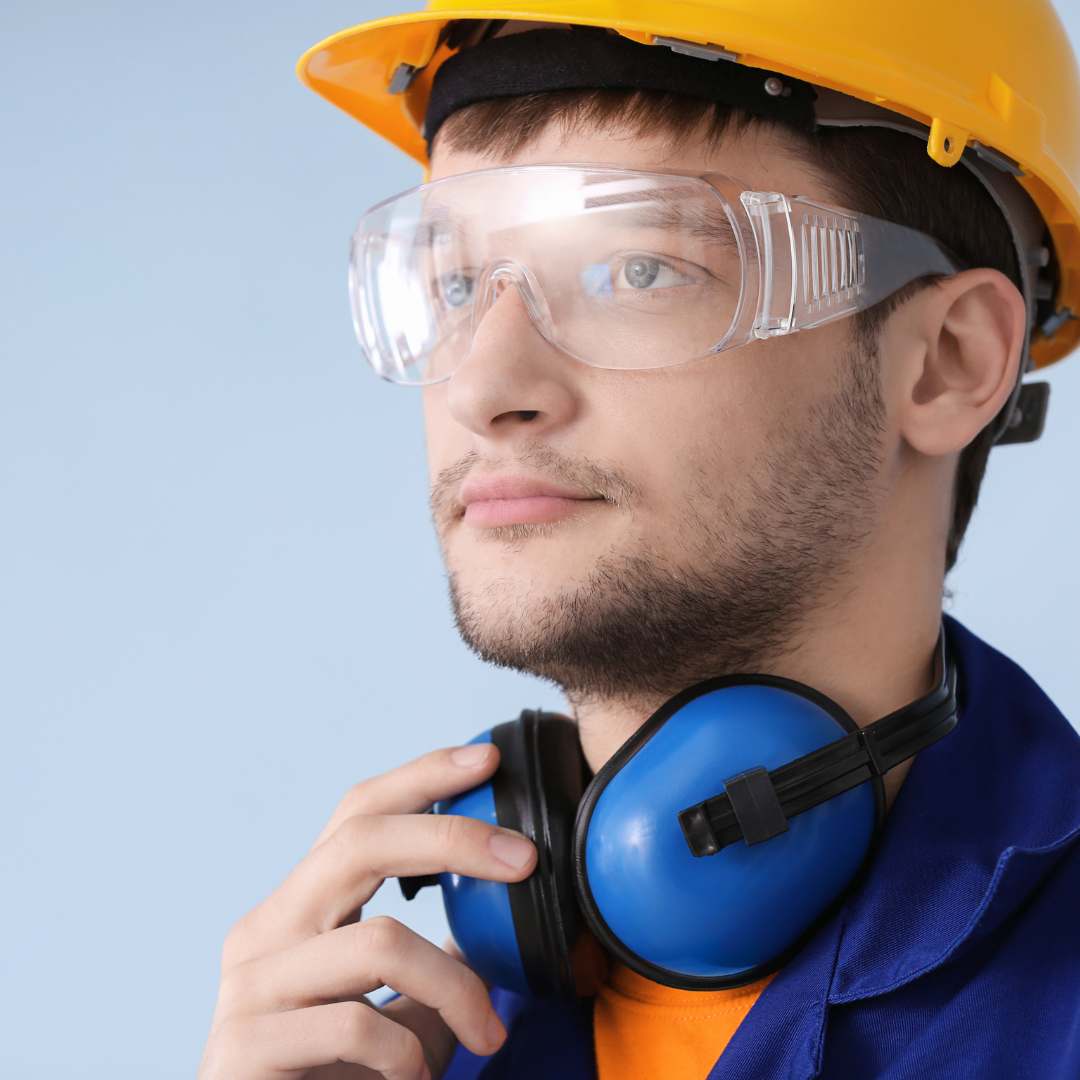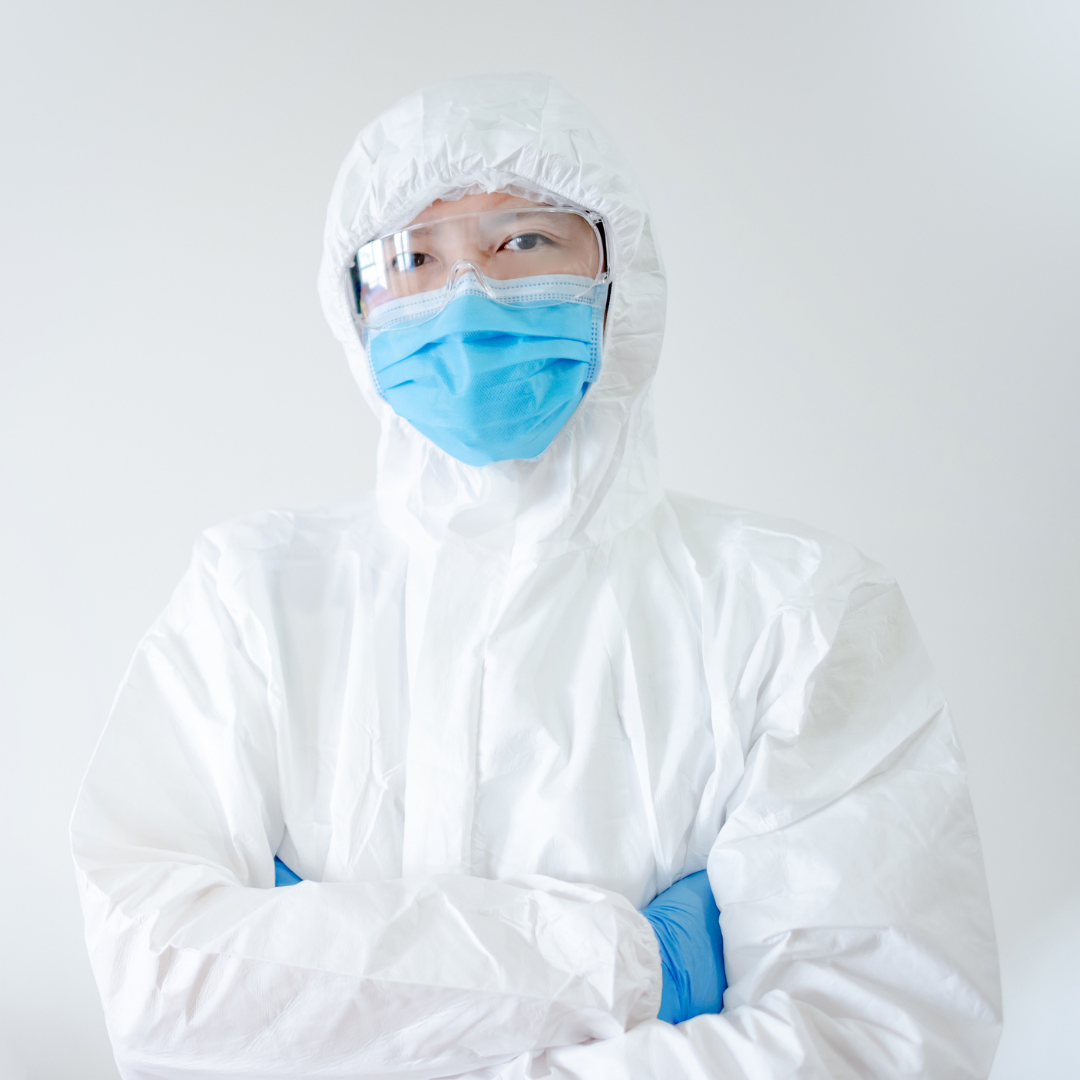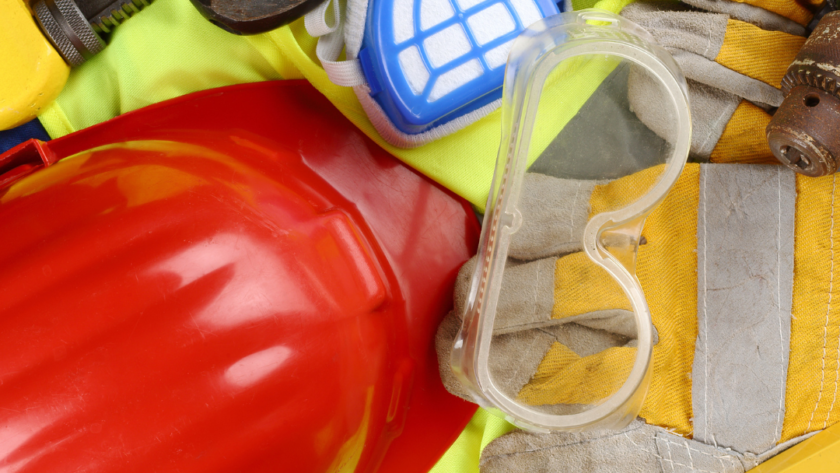Personal protective equipment (PPE) is one of the most important aspects of many different work environments. It encompasses a wide array of different clothing items and accessories made for protecting employees from sustaining serious injuries, and is absolutely vital for ensuring compliance with local laws and regulations in most countries around the world. If you’ve ever wondered why the use of PPE is so encouraged in workplaces, here are just some of the many reasons why protective equipment is so important and how it can help to enhance overall safety in the work environment:
Head protection
Protective gear like hard hats is specifically designed to shield the head from any falling objects such as materials, tools, or other debris that could otherwise penetrate or impact the head. The most basic hard hat types only cover the head, but other helmets can also be equipped with additional protection, including earmuffs and face shields. For professions associated with transportation and other roles where employees can be thrown around suddenly and violently, neck protection is also available. All of these aspects help to prevent minor and serious injuries in the workplace.
Face and eye protection

Protective glasses and goggles are the most common forms of equipment used for shielding the eyes and surrounding facial areas. From construction sites to laboratory environments, this type of eye protection is absolutely necessary for protecting employees from any splashing or flying debris. When a higher level of protection is needed, full-face shields are also a great option for protecting the entire face area from flying objects and debris. This can be particularly beneficial when working with wood, metal, and hot temperatures.
Foot and leg protection
Although often overlooked, legs and feet should be adequately protected as well. This helps to shield employees from any falling objects, tools and machinery, as well as dangerous spills and terrains, which can be particularly beneficial in industries such as construction and mining. High-quality safety work boots are the best solution for foot protection. Not only is this type of footwear comfortable and durable, but it also functions optimally. Work boots often come with hard-toe protection, protective soles, and thickly layered fabrication that help to prevent temperature exposure and lacerations.
Hand and skin protection

Considering the fact that a majority of on-site work is performed by hand in many industries, hand and arm protection should also be a priority. Protective gloves are the most important piece of equipment in this instance, allowing employees to avoid the direct hazards of handling electricity, sheet metal, glass, chemicals, hot materials, and slippery objects. The skin should be protected as well, although the type of PPE used can vary depending on the industry. While most sectors can get by with traditional workwear that covers the arms and legs, firefighters, for instance, will require full-body protective suits.
Respiratory protection
Wearing the right breathing equipment is crucial for keeping the employees’ lungs healthy and functioning optimally. This is particularly important when it comes to work environments with sawdust, dangerous fumes, toxic chemicals, or any other hazardous material present. Respiratory protection can range from simple masks with filters to more elaborate full-breathing systems with connected industrial oxygen tank sizes, tailored to the specific needs of the environment and the tasks being performed. In terms of the more complex solutions, additional training will be needed for proper operation, and the respiratory equipment should be regularly tested to make sure it works perfectly and as intended.
Hearing protection

Employees who are exposed to prolonged and increased levels of noise in the workplace should also wear hearing protection to prevent hearing damage and hearing loss. Even though earplugs can be suitable for most work environments, workplaces with extreme sound exposure should consider professional earmuffs that cover and shield the entire ear. This can be noticed in professions such as mining, airport tarmac work, and driving large and loud vehicles. Present noise frequencies can also impact the type of hearing protection selected, with earplugs being better for reducing low-frequency sounds, and earmuffs being more effective at minimizing high-frequency noise.
Evidently, personal protective equipment is absolutely essential for maintaining safety in the workplace and preserving the health and well-being of employees. Choose PPE according to your industry and work environment, and ensure safety and protection for all.



